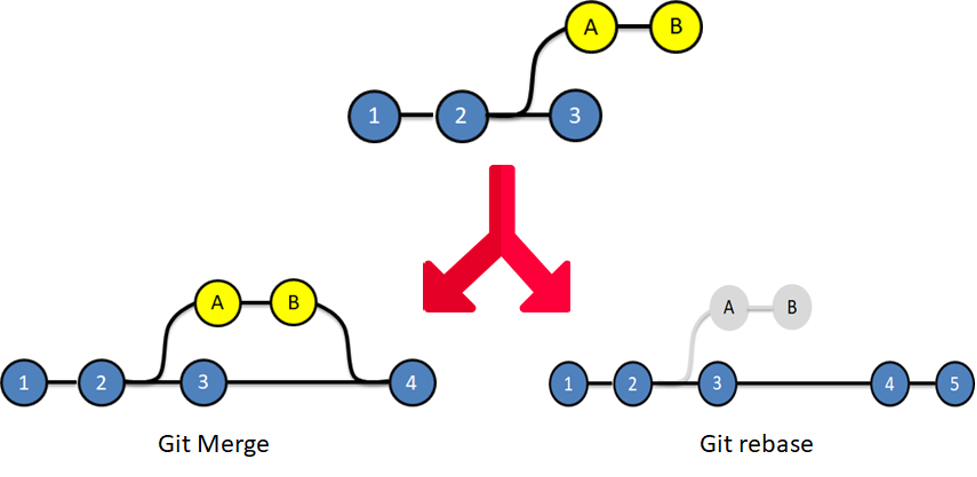
Git Rebase vs. Git Merge: A Comprehensive Comparison
Introduction
In the realm of version control systems, Git has emerged as a staple for developers worldwide. Among its arsenal of powerful features, Git offers two popular methods for integrating changes into a codebase: Git Rebase and Git Merge.
In this blog post, we will embark on a journey to explore the differences, benefits, and use cases of Git Rebase and Git Merge. By the end, you'll have a clear understanding of when to choose each method based on your development workflow and project requirements.
Git Merge: Embracing Unity
Git Merge is a straightforward method of combining changes from one branch into another. When you perform a merge, Git creates a new commit that encompasses the changes from both the source and the target branches. This method retains the complete history of each branch, making it easy to trace back and understand the development process. It's particularly useful for merging long-running feature branches or when collaboration among multiple developers is a priority.
Benefits of Git Merge
- Preserves Branch History: The commit history of both branches remains intact, providing a clear timeline of changes.
- Simplicity: Git Merge is easy to understand and execute, making it accessible to developers of all skill levels.
- Collaboration-Friendly: Merging encourages collaboration, as multiple developers can work on separate branches and merge their changes into a shared branch.
Git Rebase: Crafting a Linear Narrative
Git Rebase takes a different approach to integrating changes. When you rebase a branch onto another, Git moves the entire branch's commit history onto the target branch, effectively rewriting the commit history. The result is a linear sequence of commits, often resembling a cleaner and more coherent narrative. Rebase is an excellent choice when you want to streamline your commit history, remove unnecessary merge commits, and maintain a linear progression of changes.
Benefits of Git Rebase
- Cleaner History: Rebase creates a more streamlined commit history without the clutter of merge commits.
- Squashing Commits: You can squash multiple commits into one during a rebase, improving code review and repository cleanliness.
- Enhanced Readability: A linear history provides a clear timeline of changes, aiding in debugging and understanding the evolution of the codebase.
Choosing Between Git Rebase and Git Merge
The decision to use Git Rebase or Git Merge depends on your project's goals and collaboration dynamics:
- Use Git Merge when:
- You prioritize maintaining a comprehensive commit history that accurately reflects the development process.
- Merge is also a good choice when working with a team that relies on shared feature branches and collaboration is paramount.
- Use Git Rebase when:
- You aim to keep a cleaner, linear commit history that enhances code readability and simplifies debugging.
- Rebase is ideal for individual developers or small teams who want to maintain a more streamlined narrative.
Conclusion
Both Git Rebase and Git Merge have their merits, and the choice between them depends on your specific project requirements and collaboration preferences. Understanding the strengths of each method empowers you to make informed decisions that align with your development workflow. Whether you're striving for a clear history or embracing a collaborative environment, Git provides the flexibility to choose the approach that suits your project's unique needs.
Chung Nguyen
